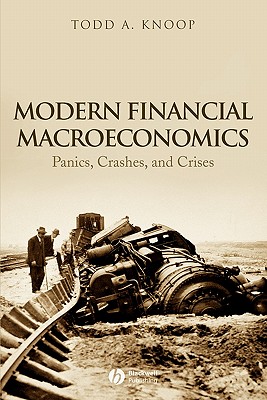

The free-falling economy affected rich and poor alike. Altogether, more than 9,500 jobs dried up in mining towns across the state. Of the silver mining towns, Leadville suffered the most, with ninety mines closed and 2,500 unemployed. Although the repeal was intended to stimulate the national economy, it devastated Colorado’s. Cleveland eventually overcame his own party’s objections, and the Sherman Silver Purchase Act was repealed in October 1893, adding to the economic panic in Colorado and across the silver-mining West.Īfter the repeal of the Sherman Act, the price of silver dropped by about one-third. Unlike many in his party, the president was no fan of silver and believed that mandatory silver buying hurt the US economy. While there were multiple causes of the Panic, the reduction of gold reserves in the US treasury got the most attention from lawmakers and the Cleveland Administration. By July 1893, some 45,000 Coloradans were out of work, as banks closed and railroad companies teetered on the edge of bankruptcy. Economic DevastationĪlong with most other states, Colorado’s depression began in earnest that spring. Years of agricultural depression, the draining of gold in the US treasury (due in part to increased mandatory silver purchases since 1890), and reduced international trade due to the McKinley Tariff of 1890 all contributed to the Panic of 1893. After a four-year absence, Democrat Grover Cleveland returned to office for a second term, and he took over a nation on the brink of economic collapse. This made the party popular not only in the South and Midwest but also in silver states like Colorado in 1892 Coloradans elected a Populist governor, Davis Waite, the biggest political victory for the new party anywhere in the nation.ĭespite the support of Colorado and several other silver-mining states, third-party Populists lost the presidential election of 1892. They supported backing the US dollar with silver because it would expand the money supply and result in inflation, yielding farmers higher prices for their crops while reducing the value of debts owed to banks and other creditors. Populists sought to put farmers and working-class people on a more equal political footing with banks and other large businesses. Silver also had the strong backing of the People’s Party of the USA, commonly known as the Populist Party, which emerged during an agricultural depression in the late 1880s. This increased the government’s silver purchase by 50 percent and was a boon to Colorado and other silver-mining states. The result was the Sherman Silver Purchase Act of 1890, which required the government to buy 4.5 million ounces of silver each month. A glut in the silver market sent prices crashing-down 25 percent at the end of the 1880s-and worried mine owners appealed to Congress for help. By contrast, the state’s gold production was only one-third as valuable (or less) throughout the 1880s.īut the West’s silver boom undermined itself. After the Bland-Allison Act of 1878 required the federal government to buy a certain amount of silver each month, Colorado’s annual production of the metal remained steadily above 10 million ounces. Most Coloradans, awash in silver booms from Leadville to Aspen and the San Juans, wanted silver coinage.

Support was largely sectional: northerners for gold, southerners and westerners for silver. Throughout the late nineteenth century, Americans engaged in a national debate over which metal-gold, silver, or both-should back US currency.

Overall, the Panic of 1893 was a major inflection point in Colorado’s long history of boom-and-bust economic cycles, which began with the fur trade in the early 1800s and continued through the Colorado Gold Rush, the Panic of 1893, and sporadic oil and real estate booms in the twentieth and twenty-first centuries. The nationwide depression of agricultural prices also hurt Colorado’s farmers. The Panic of 1893 hit Colorado’s mining industry hard, throwing many miners out of work in places such as Leadville and Aspen. The farmers who grew food for mining towns also suffered. When silver prices dropped, not only did mines close, so did the businesses that supplied them.

In Colorado and other silver-mining states, the panic was tied to the abrupt collapse of the silver industry after two decades of explosive growth. The Panic of 1893 touched off a nationwide economic depression that lasted for at least three years, threw millions out of work, and caused banks and businesses to fail across the country.


 0 kommentar(er)
0 kommentar(er)
